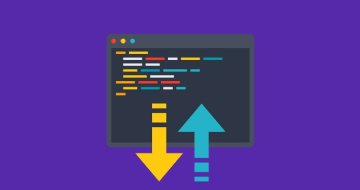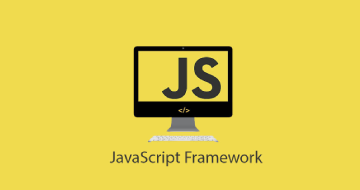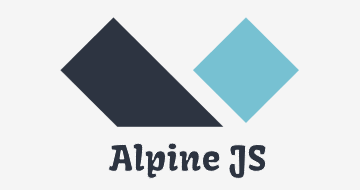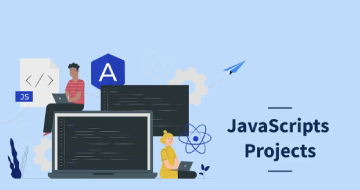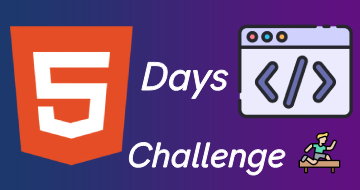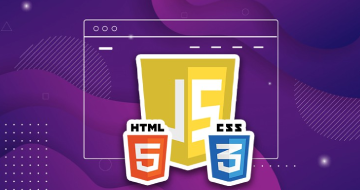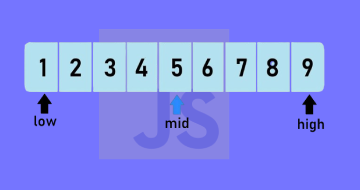IIRF Online > Development > Web Development > JavaScript > Asynchronous JavaScript: Promises, Callbacks, Async Await
Asynchronous JavaScript: Promises, Callbacks, Async Await by Udemy
Become an expert in Asynchronous JavaScript: Promises, Callbacks, Async Await, Event Loop, etc.
Course Highlights
- Learn fundamental concepts of Asynchronous JavaScript
- Everything you need to know about Promises
- Using Callbacks: Pros and Cons, when to use and how to test them
- Async / Await - the modern way of handling asynchronous tasks in JavaScript
- In-depth understanding of the Event Loop
- Learn how JavaScript Engine executes code behind the scenes
- Unit Testing of asynchronous functions
- No fluff, direct and to the point
- Github repository with all the code included
Skills you will learn!
Overview
Who Should Do This Course?
- JavaScript Developers: This course will help anyone working extensively with JavaScript, on the front or back end, to reinforce their appreciation of asynchronous programming.
- Web Application Developers: Developers who create dynamic and responsive web applications will find a big advantage in learning asynchronous JavaScript for handling concurrent processes effectively.
- Full Stack Developers: If you do front-end and back-end development simultaneously, it is paramount to know asynchronous programming for smooth cloud communication.
- Software Engineers: Software development professionals looking to improve their skill set and keep up with modern best practices should take this course.
How will the course benefit learners?
- When building web applications, a beginner or an experienced developer needs to understand asynchronous JavaScript.
- It is undoubtedly helpful for those who develop a user interface for websites since it depicts issues associated with processing users’ interactions and updating the UI asynchronously.
- Tasks like handling multiple requests concurrently, interacting with databases, and server-side process management will benefit back-end developers’ understanding of asynchronous programming.
- If you are passionate about JavaScript and seek to improve your skill repertoire, this course will offer an in-depth knowledge of asynchronous programming notions.
More about the Course
- Understanding Asynchronous JavaScript Fundamentals
- The Event Loop: How JavaScript handles asynchronous tasks
- Callback Functions: Learn about the callback pattern in detail
- Callback Hell: Avoiding and refactoring nested callbacks
- Callbacks vs. Promises: Select the suitable approach for your code.
- Using Async Functions: Simplifying asynchronous code
- Error Handling with Async Await
- Generators and Async Iteration: Enhancing asynchronous control flow
- Web Workers: Just by running JavaScript code in the background
- Event Emitters: Creating custom events for asynchronous messaging
Curriculum
2 Topics
Introduction
Structure of This Course
6 Topics
What Is Asynchronicity?
Typical Example of an Asynchronous Action in JavaScript
Synchronous vs Asynchronous in JavaScript
Quick Note about Github Repository
Event Loop in JavaScript. Call Stack and Task Queue
Let's Fix Our Example
8 Topics
What Is a Callback In JavaScript?
Callbacks Are Not Always Asynchronous
How To Handle Errors In Asynchronous Code
Pros & Cons Of Callbacks
Callback Examples In JavaScript Libraries
Callbacks Lack Readability
Making HTTP Requests From Your Browser
Callback Hell
2 Topics
Setting Up Testing Environment
Testing Callback Functions With Mocha And Chai
20 Topics
What Is a Promise In JavaScript
How To Create A Promise
Final States Of The Promise
How To Consume JavaScript Promises: Promise.then
Rewriting Our Function Using Promises
How To Promisify any JavaScript Function
Chaining Promises
Making HTTP Requests Using Fetch API
How To Avoid Callback Hell
Handling Promise Rejections
Promise.resolve and Promise.reject
Executing Promises In Parallel: Promise.all
How Promise.all Handles Rejections
Promise.all: Implementing From Scratch
Executing Promises In Parallel: Promise.allSettled
Promise.allSettled: Implementing From Scratch
Which Promise Is Faster? Promise.race
Getting First Successful Promise: Promise.any
Promise.race: Implementing From Scratch
Promise.any: Implementing From Scratch
4 Topics
Setting Up Testing Environment
Testing JavaScript Promises Using Mocha And Chai
Timeouts In Mocha
Making Multiple Promise Assertions In One Test
6 Topics
Async Functions in JavaScript
Await Keyword in JavaScript
Using Async Await with Fetch API
Top Level Await
Handling Errors Using Async Await
Sequential vs Parallel Execution
9 Topics
What About Task Priorities?
A Closer Look at the Task Queue
Handling Long Tasks in JavaScript. Part 1
Handling Long Tasks in JavaScript. Part 2
Microtasks
Debugging Our Initial Example
Animations
Creating Animations Using requestAnimationFrame
Quick Recap of Event Loop in the Browser
2 Topics
Summary
Bonus Lecture: Other Courses with Discounts
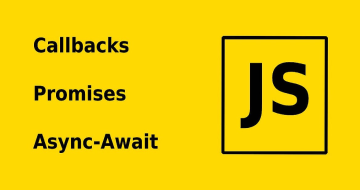
Asynchronous JavaScript: Promises, Callbacks, Async Await
Related JavaScript Courses
Frequently Asked Questions
Yes. Asynchronous JavaScript is essential in many development environments. Building scalable and responsive apps requires asynchronous programming using React or Node.js.
Promises-based syntactic sugar Async Await makes asynchronous programming more compact and understandable. The code seems synchronous, making it simpler to understand and maintain.
One of the most essential parts of asynchronous programming in JavaScript is that it makes sense to handle tasks taking time, such as obtaining data from a server or reading a file. It guarantees that these operations do not freeze the main thread and, thus, ensure the proper functioning of the application.
Promises offer a more organized and legible approach to managing asynchronous operations, contrasting with callbacks. They provide efficient error handling operation chaining and make the code more maintainable.
The Event Loop forms an integral part of the JavaScript concurrency model. The call stack and the callback queue are continuously monitored to ensure that code executes without blocking and functions asynchronously.


